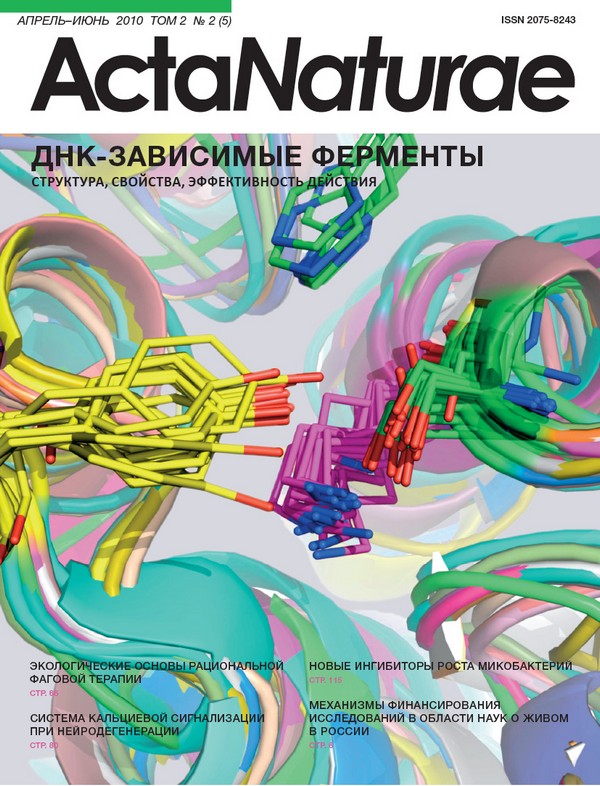Abstract
Stimulation of CD95 (APO-1/Fas) leads to apoptosis induction in multicellular organisms. CD95-mediated apoptosis starts with the formation of the protein complex at the receptor CD95 (APO-1/Fas), which was named DISC (death-inducing signaling complex). In this work, the composition of the CD95 DISC in two different cell types was analyzed using proteomics approaches. Using 2D gels, the composition of the CD95 DISC was analyzed in the so-called Type I and Type II cells, which are characterized by different kinetics of apoptosis. The detailed analysis of the CD95 DISC performed by 2D gels demonstrated that, besides the well-established components of the CD95 DISC, which are present in both cell types (CD95, FADD and procaspase-8), there are a number of differential spots detected at the CD95 DISC of Type I versus Type II cells. Taken together, this work demonstrates the differential composition of the CD95 DISC of Type I versus Type II cells.







